Interim designs.. or addressing the construction zone look
kitasei
7 years ago
Featured Answer
Sort by:Oldest
Comments (9)
Related Discussions
Construction zoning for protection of trees
Comments (11)Re NYC Administrative Code and NYC Rules: "Are there any regulations governing street trees? Yes. Regulations are noted in several sources, including the City Charter, sections of the Administrative Code, and Parks Rules & Regulations. Any person wishing to do work on or around street trees must first obtain a permit from their Parks borough forestry office. This includes, but is not limited to, pruning, fertilizing, spraying for the control of insects and disease, planting, installing decorative lights, tree grates and/or tree guards, and removing or relocating an existing tree. Persons failing to obtain the appropriate permits before beginning tree work are liable to arrest and prosecution under Section 18-129 of the New York City Administrative Code and Title 56 Section I-04(b)(1) of the New York City Rules. Most violations are misdemeanors, punishable by a fine of up to $1,000 and/or imprisonment up to 90 days. Removing a tree without a permit or damaging a tree are very serious offenses punishable by fine of up to $15,000 and/or imprisonment for up to one year." The approach seems to be to make it illegal to remove any tree without a permit or a professional evaluation. NYC Parks has a specification for protection of trees during construction. It covers issues such as trenching near the drip line, placing of tree guards, and no storage of materials withing the drip line. Claire Here is a link that might be useful: NYC Parks FAQ...See MoreWould love your "wish I had known..." advice for interim housing
Comments (11)This is what I had in my "Minimalist Apartment." It's not the perfect list for everyone, but it might help you think of something you'd otherwise forget. ===== THE KITCHEN ===== ----- UPPER CABINETS ----- dinner plates (4) bread plates (4) [alternatively, +2 dinner plates] soup bowls (4) cereal bowls (4) [alternatively, +2 soup bowls] serving bowls (2) [alternatively, use mixing bowls] serving platter highball glasses (4) lowball glasses (4) [alternatively, +4 highball glasses] wine glasses that work for both reds & whites (4) coffee mugs (2) individual condiment dishes (for liquid condiments like soy sauce) (2) mixing bowls (2) [alternatively, use serving bowls] colander liquid measuring cup (2-cup, 4- or 8-cup) French coffee press travel coffee mug Tupperware containers (2 - 4, square sandwich-sized) plain medium floral vase salt and pepper combo ice cube trays blender (the âÂÂMagic Bulletâ is a compact option) filtering pitcher ----- LOWER CABINETS ----- large sauté pan with lid (approx 10â - 12â or 3 -5 quart) small saucepan with lid (approx 3 quart) open skillet (approx 10â - 12âÂÂ) large/medium rectangular glass baking dish small rectangular glass baking dish cookie sheet cutting board garbage bin ----- COUNTERTOP ----- toaster, toaster oven, microwave (whatever combo works for you) dish drying rack standard knife block ----- DRAWERS ----- silverware set measuring cups measuring spoons corkscrew / bottle opener scissors whisk flat serving spatula rubber scraping spatula cooking spoon serving spoon pasta serving spoon pizza cutter can opener soup ladle oven mitt potholder dishtowels (2) ----- CONSUMABLES ----- paper towels paper napkins [alternatively, use paper towels] aluminum foil saran wrap Ziplock bags (sandwich size, quart size) garbage bags all-purpose kitchen cleaner dish soap (if dishwasher, dishwasher detergent) ===== THE BATHROOM ===== shower curtain bath rug(s) bath towels (2) bath mat (1) hand towels (2) wash cloths (2) toilet brush toilet plunger garbage bin ----- CONSUMABLES ----- Kleenex toilet paper toilet cleaner all-purpose bathroom cleaner rubber gloves air freshener Windex scouring sponge ===== OTHER ===== vacuum Swiffer sweeper dryer balls small garbage bin for laundry basket/bin to store cleaning supplies ----- CONSUMABLES ----- Swiffer dry pads Swiffer wet pads laundry detergent...See MoreNew construction woes help..zone 7 North Carolina
Comments (85)"May I have someone's thoughts on Bottom layer of lirope or mondo grass followed by lambs ear with lavender in the middle circling the tree peninsula ???" I would stay away from the lamb's ear because it resembles a common weed here (which I am unsure of ID, but it looks almost identical) and it would bring me to think that you need to weed your garden. Your plant that you purchased on sale is a hibiscus rosa-sinensis (tropical hibiscus, like the kind they grow in hawaii). I have two of them, and due to our recent blast of cold weather, I brought one indoors and covered the other with a blanket. I would recommend that you bring it indoors, or keep a close eye on it until crepe myrtles are leafed out. Also, while the blooms are pretty, they usually only bloom one time each year for me, usually around june-july. Also, you may want to consider putting it in a new container. Oh, and $5 was a great deal! You will probably never see such a sale again....See MoreKitchen Designer & Contractor Mistakes and how to address them
Comments (31)I very much appreciate everyone's feedback. Thank you. I double checked the left wall and it's straight. It's just a fluke of my poor picture taking skills. The issue was that the left side of the soffit came down lower than the right side (the right side holds the supporting beam and the left holds some hvac stuff and the hvac stuff is bigger). Originally the contractor was planning on "stair stepping" the soffit but we told him that we wanted it flat, which is why I think we ended up with a slightly slanted soffit. The contractor was able to fix it and everything looks even now. Regarding the split pilaster at the end - there isn't much we can do without tearing out most of the base cabinets and starting over. I also like the pilaster look so would be sad if I lost them. Moreover, I really want my house and kitchen back from renovation purgatory, so I'm hoping that the framed look helps to hide the mistake. I'm thinking that once the cabinet doors are on and the fridge is installed, then it won't be as evident. I'll be sure to post final pictures!...See Morekitasei
7 years agomad_gallica (z5 Eastern NY)
7 years agogardengal48 (PNW Z8/9)
7 years agoYardvaark
7 years agoYardvaark
7 years agoUser
7 years agoNHBabs z4b-5a NH
7 years ago
Related Stories

LIVING ROOMSRoom of the Day: Addressing the Green Piano in the Room
A homeowner’s favorite furniture item presents an interesting design challenge and reveals a fascinating history
Full Story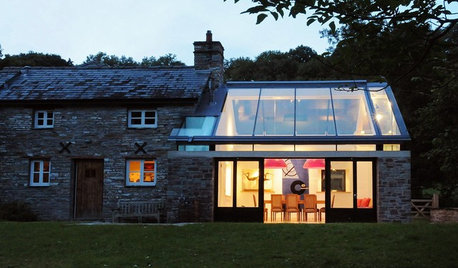
BUDGETING YOUR PROJECTDesign Workshop: Is a Phased Construction Project Right for You?
Breaking up your remodel or custom home project has benefits and disadvantages. See if it’s right for you
Full Story
BATHROOM DESIGN7 Reasons to Give Your Bath Zone a Living Room Vibe
With a few living room–like touches, you can transform your bathroom into a practical, relaxing retreat that’s overflowing with personality
Full Story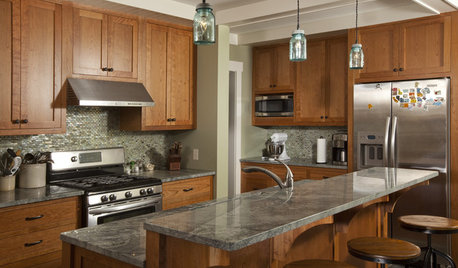
KITCHEN CABINETSCabinets 101: How to Choose Construction, Materials and Style
Do you want custom, semicustom or stock cabinets? Frameless or framed construction? We review the options
Full Story
KITCHEN DESIGNKey Measurements to Help You Design Your Kitchen
Get the ideal kitchen setup by understanding spatial relationships, building dimensions and work zones
Full Story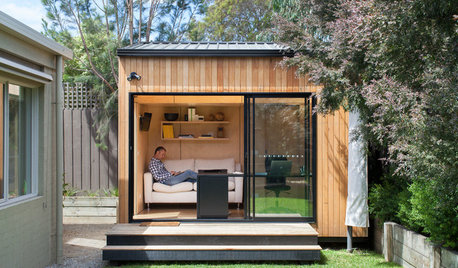
REMODELING GUIDESDesign Workshop: Is an In-Law Unit Right for Your Property?
ADUs can alleviate suburban sprawl, add rental income for homeowners, create affordable housing and much more
Full Story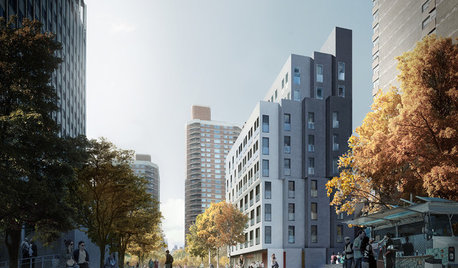
SMALL HOMESMicrounits Are Coming to NYC. See the Winning Design
Say goodbye to only arm-and-a-leg Manhattan rents. This plan for small prefab units opens the door to more affordable housing
Full Story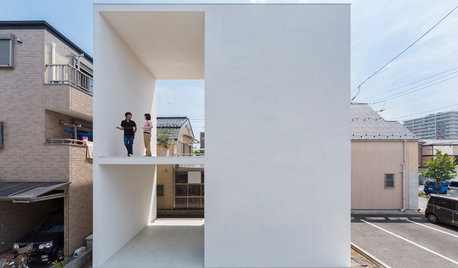
HOMES AROUND THE WORLDWorld of Design: Compact Tokyo Home Squeezes In Lots of Living Space
A 3-story house on a 755-square-foot lot includes a sheltered terrace that adds privacy and pulls in breezes and light
Full Story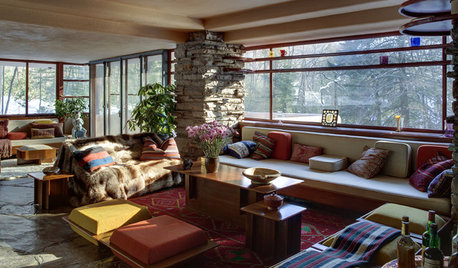
WINDOWSSteel-Framed Windows Leap Forward Into Modern Designs
With a mild-mannered profile but super strength, steel-framed windows are champions of design freedom
Full Story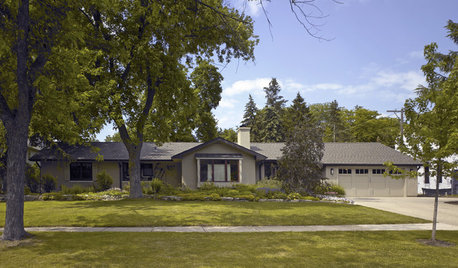
ARCHITECTUREThe Good House: Big Design Moves That Matter
Where to begin when designing a home? Think about your site, its context and the story you want it to tell
Full Story



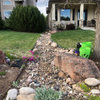

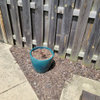
Yardvaark